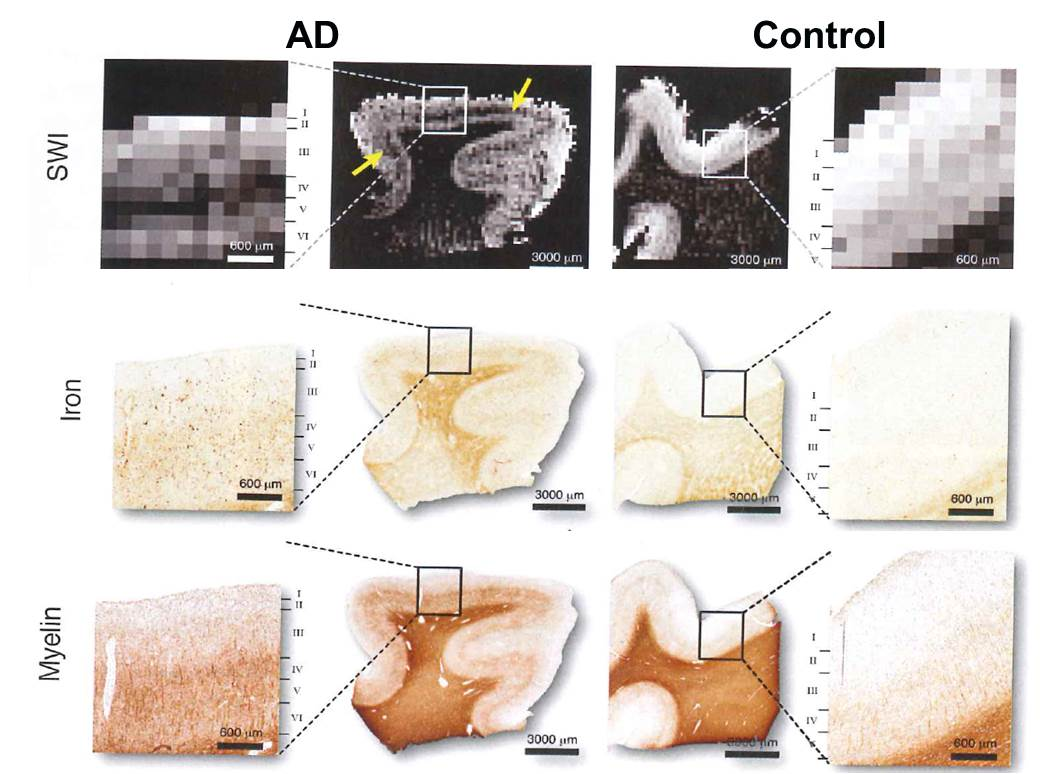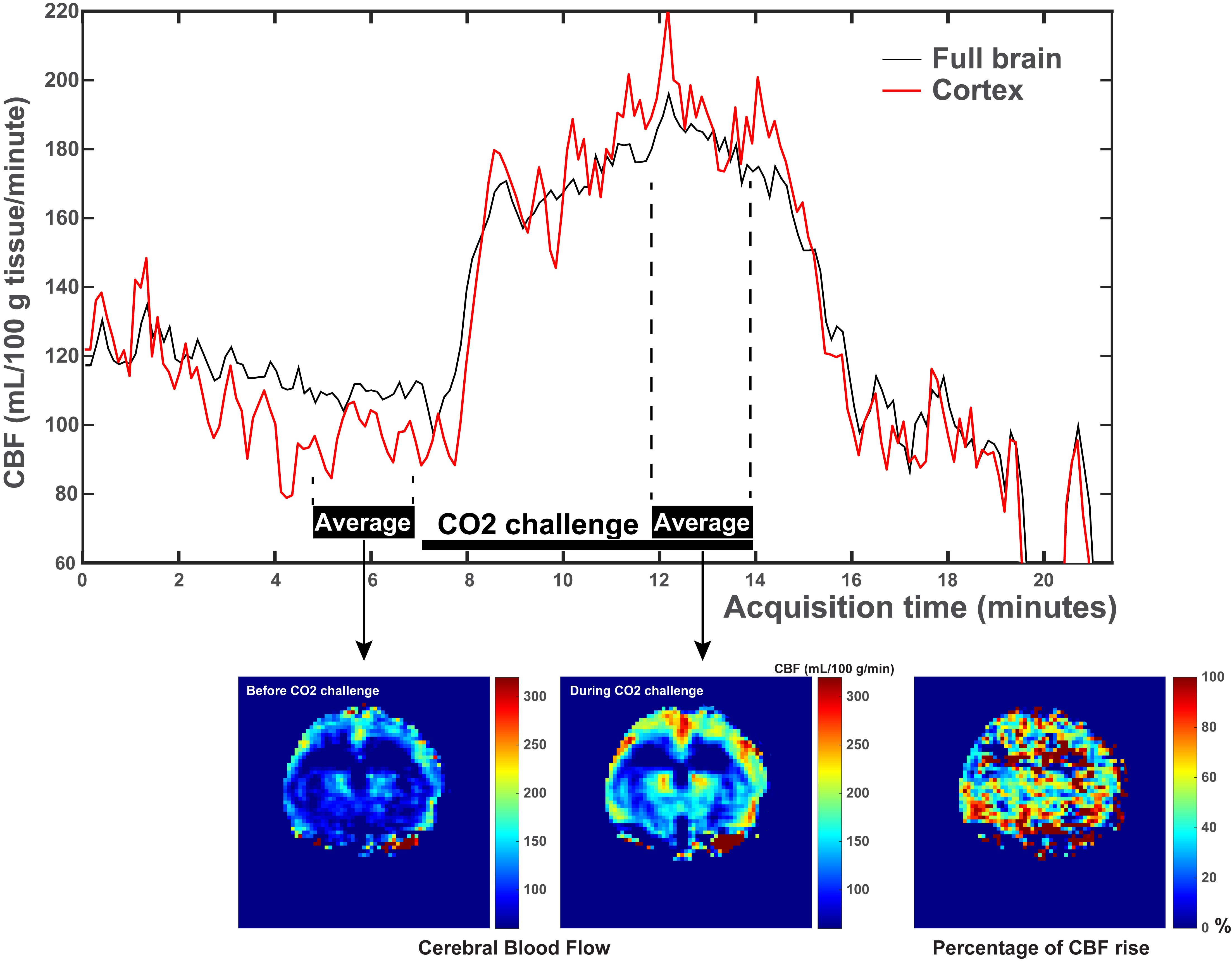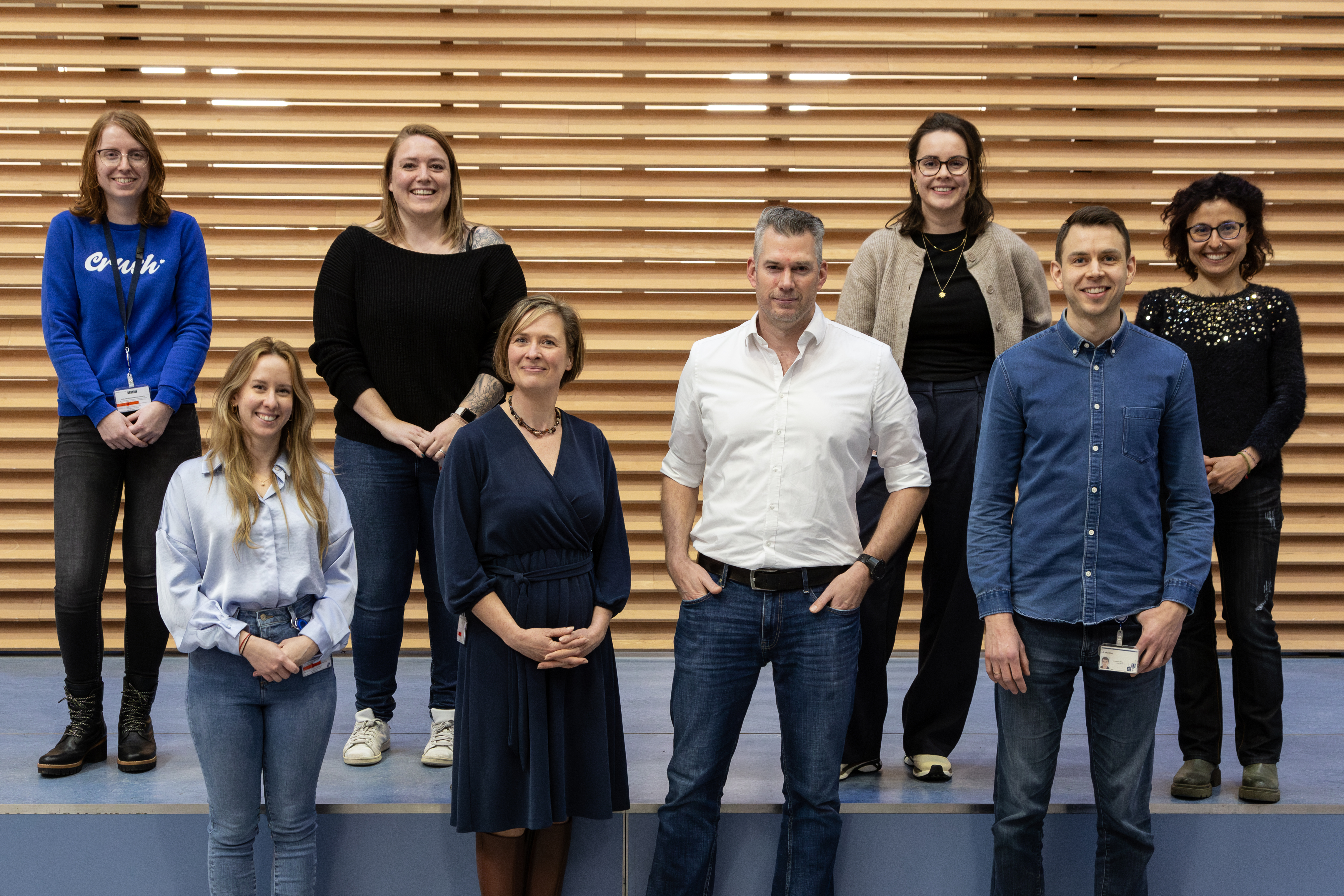Pre-clinical imaging
In vivo imaging allows us to study biological systems and animals non-invasively. Our group uses a range of state-of-the-art imaging systems, including MRI, CT, SPECT and optical systems to develop techniques to visualise the anatomy, function of specific organs or image specific cellular and molecular targets.
We specialize in imaging markers of neurodegenerative and neurovascular disorders, using MRI in combination with other imaging techniques and histology and molecular biology to link imaging phenotypes to biological substrates. This is possible due to the strong links with the department of Human Genetics, where Dr. Van der Weerd is also appointed.
…In vivo imaging allows us to study biological systems and animals non-invasively. Our group uses a range of state-of-the-art imaging systems, including MRI, CT, SPECT and optical systems to develop techniques to visualise the anatomy, function of specific organs or image specific cellular and molecular targets.
We specialize in imaging markers of neurodegenerative and neurovascular disorders, using MRI in combination with other imaging techniques and histology and molecular biology to link imaging phenotypes to biological substrates. This is possible due to the strong links with the department of Human Genetics, where Dr. Van der Weerd is also appointed.

Non-invasive in vivo imaging plays an important role in our strategies to reduce and refine animal research. Longitudinal imaging allows us to monitor time courses or treatment response within the same animal, thus improving the reliability of the experiment and reducing the number of animals needed.
In our group, we also work on the development of imaging techniques or analysis methods that will help to reduce to number of animals needed.
…Non-invasive in vivo imaging plays an important role in our strategies to reduce and refine animal research. Longitudinal imaging allows us to monitor time courses or treatment response within the same animal, thus improving the reliability of the experiment and reducing the number of animals needed.
In our group, we also work on the development of imaging techniques or analysis methods that will help to reduce to number of animals needed.

Projects
Themes for Innovation
Key publications
Team members
Current members:
- Louise van der Weerd, PI
- Boyd Kenkhuis, postdoctoral researcher
- Leon Munting, postdoctoral researcher
- Whitney Freeze, postdoctoral researcher
- Claudia Morilla Espino, PhD candidate
- Danielle Toen, PhD candidate
- Fieke Prinse, PhD candidate
- Ivana Kancheva, PhD candidate
- Sana Sayedipour, PhD candidate
- Sanny Scheffer, PhD candidate
- Somayeh Rezaeih, PhD candidate
- Ernst Suidgeest, technician
- Kyra Dijkstra (Pathology), technician
- Oleh Dzyubachyk, senior researcher

Former members:
- Lucia Bossoni, postdoctoral researcher
- Marc Derieppe, postdoctoral researcher
- Marjolein Bulk, postdoctoral researcher
- Bauke Kogelman, PhD candidate
- Laure Grand Moursel, PhD candidate
- Maarten Rotman, PhD candidate
- Rob Nabuurs, PhD candidate
- Brigit den Adel, PhD candidate
- Linda van der Graaf, technician